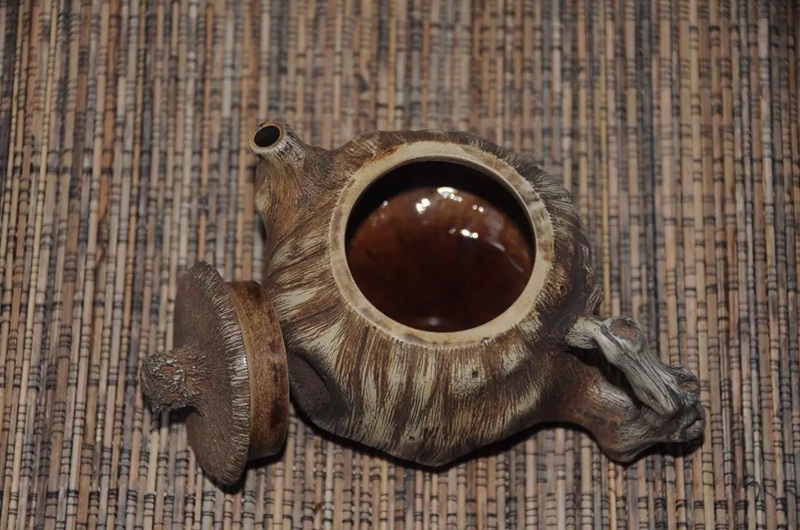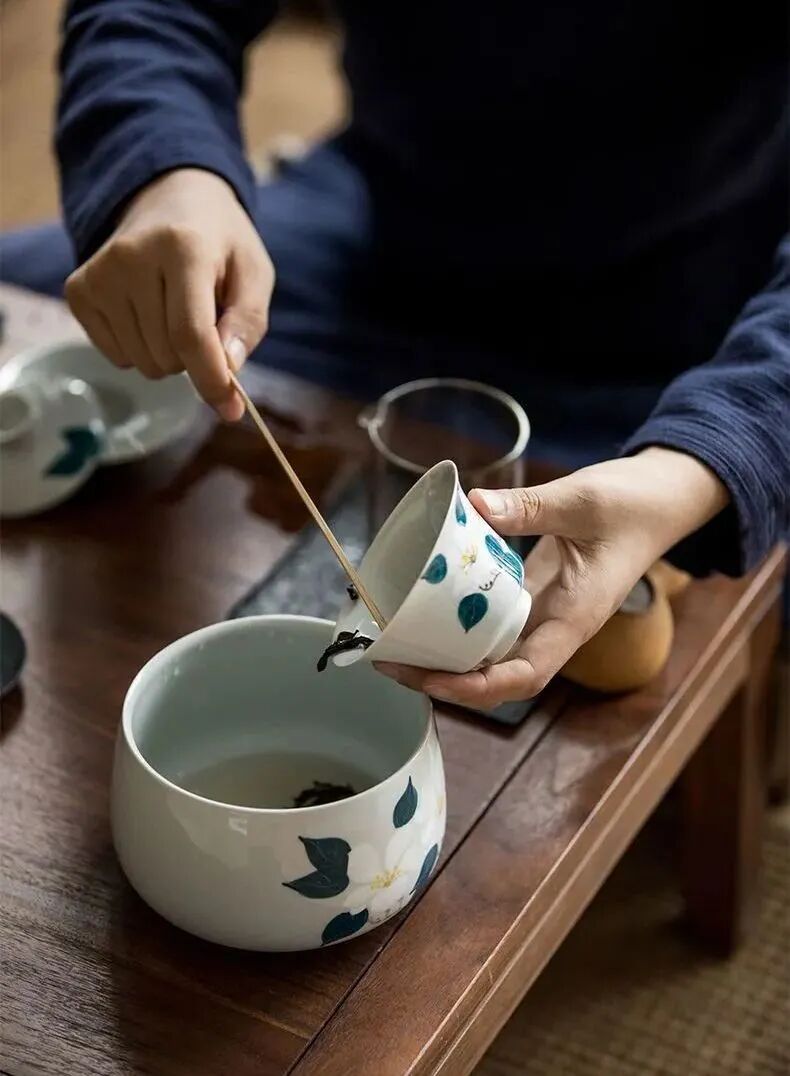Tea scale is produced by the oxidation reaction between tea polyphenols in tea leaves and metal substances in tea rust in the air. Tea contains tea polyphenols, which can easily oxidize and form tea stains when in contact with air and water, and adhere to the surface of teapots and tea cups, especially rough pottery surfaces. Tea stains contain harmful substances such as arsenic, mercury, cadmium, and lead, which can enter the human digestive system through the mouth and easily combine with proteins, fatty acids, vitamins, and other nutrients in food, causing precipitation and hindering the absorption and digestion of nutrients in the small intestine. They can also cause inflammation and even necrosis in organs such as the kidneys, liver, and stomach. Especially for ulcer patients, ingestion of tea stains can often worsen their condition.
Therefore, it is necessary to regularly clean the tea stains on tools such as tea cups and teapots. So, is there any way to easily clean tea stains?
1. Baking soda
The main component of tea scale is the accumulation of tannins in tea leaves through chemical reactions such as oxidation on tea cups. Baking soda can react with tea scale to produce soluble substances, which dissolve and remove the tea scale. Tea stains have adhered for a long time and are difficult to clean. You can soak them in baking soda for a day and night, then gently brush them with a toothbrush to easily clean them.
2. Lemon peel
Lemon peel contains citric acid, which can neutralize alkaline substances in tea leaves, thereby achieving the goal of removing tea leaves.
Researchers have found that soaking one bag of English black tea at a time produces more tea stains than soaking two bags at a time, and soaking five bags at a time surprisingly does not form tea stains. This is likely due to the polyphenols in the tea causing a decrease in the pH value of the tea soup. Another patented achievement is to add a small amount of citric acid to tea bags to adjust the taste while reducing tea stains. In addition, calcium ions are a key factor in the formation of tea scale, which promotes the oxidation reaction of tea polyphenols and plays a cross-linking role in the polymerization process. The harder the water, the more tea stains there will be. Groundwater has a higher hardness than surface water, and using pure water to brew tea will also result in much less tea stains. Brewing tea with tap water can boil the water thoroughly for a few minutes, and the calcium and magnesium in it will form a carbonated alkaline solution, reducing the formation of tea stains.
You can use a large container, pour warm water, soak the tea set with tea stains and lemon peel together for 4-5 hours, and then gently wipe with a cloth to remove the tea stains.
3. Eggshells and white vinegar
Some cups have metal tea barriers inside, which can become black and difficult to wash off due to tea stains. At this time, eggshells and white vinegar can be used to clean them. Put the eggshells and white vinegar into a bowl, then add water and stir well. After soaking the tea for 30 minutes, it will become clean. This method can soften tea stains and also kill bacteria.
4. Potato Peel
When people eat potatoes at home, they can keep the peeled potatoes because potatoes contain a large amount of starch. When exposed to high temperatures, starch will form a colloidal solution with adsorption and stain removal ability, which is a good material for removing tea stains.
Put the potato skins into a teapot or teacup and heat them to a boil. After the water boils, let it cool slightly and then brush it to easily clean the tea stains attached to the teapot and teacup.
When cleaning tea sets, special attention should be paid to avoid using rough and easily damaging cleaning tools to scrub the tea sets. Cleaning the tea sets in this way can easily damage the enamel on the surface of the tea, causing the tea sets to become thinner and the tea stains to slowly seep into the tea sets, making it extremely difficult to clean thoroughly.
In addition, it is important to note that when cleaning tea sets, special reagents should not be used to avoid residual reagents and adverse factors.
Post time: Nov-12-2025








